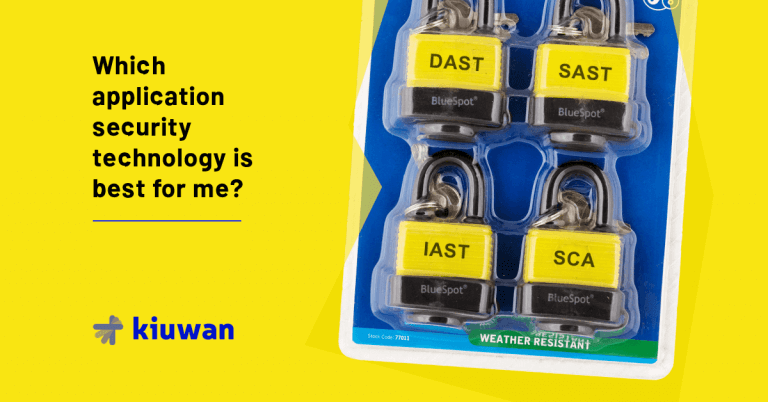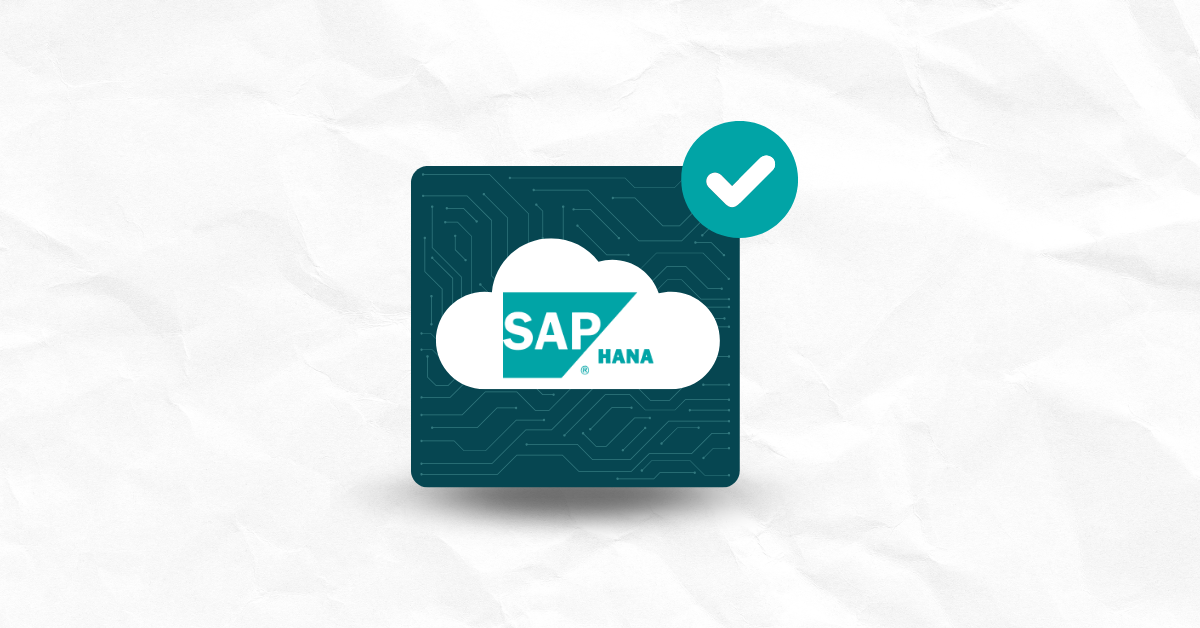

Application security testing (AST) requires a comprehensive approach that can catch modern, sophisticated threats from multiple angles and covers all attack surfaces. Unfortunately, you can’t mount a multi-tiered defense with only one tool. You’ll need different tools to test your application for security vulnerabilities and bugs throughout the software development lifecycle (SDLC).
With an increasing focus on shifting left and rapid continuous integration/continuous deployment (CI/CD) lifecycles, automated testing is a foundational layer in a mature security posture. By including the appropriate tools at the right time, you can create a web of coverage to help you build more secure and resilient applications from design through deployment and beyond.
As cybersecurity threats become more complex, adding security at the end of the development process is no longer effective. Advanced frameworks, such as NIST, call for security testing to be included in the design phase.
SAST tools let you begin testing your code as soon as you write it. You can incorporate them directly into your integrated development environment (IDE). These tools analyze every line of code for common weaknesses and vulnerabilities to root out issues early when they can be mitigated quickly and cheaply. You don’t need to compile or run code to perform SAST, and it lets you catch errors before they’re committed to the code base and passed along to the application’s release. As SAST tools work directly on the source code, they’re language-specific, so you need a solution that works with your programming languages.
Another big advantage of using a SAST tool is that it creates better developers. You can customize a SAST solution to enforce coding standards and security measures.
Build security directly into your codebase with Kiuwan’s SAST solution. Start your free trial today. It integrates directly into your CI/CD development pipeline for automated real-time scanning that promotes a DevSecOps model.
Although it’s important to test your code base during development, you must also test it at runtime. DAST tools simulate an attack on an application in its running state. Because the tools have no visibility into the source code, this type of black box testing determines how an application will respond to outside attacks. This type of testing can catch security vulnerabilities that are only apparent when code is compiled and run.
The shift toward microservices and serverless functions has fragmented the development process, making it more difficult for any one team to have a comprehensive overview of the entire codebase. DAST tools allow you to catch any security flaws or vulnerabilities that slipped through an individual branch or aren’t visible in a static state.
Dynamic testing isn’t as language-specific as static testing, but it isn’t a good standalone testing option. It needs to be combined with other testing tools to avoid overlooking potential vulnerabilities.
IAST combines elements of both DAST and SAST, but it also differs from both. Like SAST, IAST works inside the application, and like DAST, it analyzes the code at runtime. However, IAST tools don’t analyze the entire codebase. They only analyze the functions that are running during testing.
IAST tools can effectively reuse test code, avoiding the need to recreate scripts for security testing. They also simplify API testing, making them a good option for microservices teams.
You’ll also get a greater level of detail and more actionable results from IAST than from DAST because it has access to the code’s inner workings.
Almost all modern applications contain components of open-source code. Open-source elements simplify and speed up the development process, allowing you to deliver products to market faster. However, open-source software also exposes your applications to significant security risks.
Cybersecurity frameworks increasingly require a software bill of materials (SBOM) as a bulwark against unknown vulnerabilities. An SBOM gives you visibility into your libraries and dependencies so you aren’t in danger of leaving unpatched vulnerabilities open to exploit.
An SCA tool scans your code base to identify open-source vulnerabilities and can automatically remediate them. It also identifies licensing regulations so you can avoid violating them or compromising your intellectual property by using the wrong type of software license.
You’ll get better results from combining tools rather than choosing only one for automated testing.
All major cybersecurity standards, including OWASP, NIST, and PCI-DSS, require automated security testing as part of their guidelines and practices. The 2024 OWASP Top 10 includes multiple security vulnerabilities that SAST and SCA tools can identify and remediate.
SAST tools can help you discover:
SCA tools can help you find vulnerable and outdated components as well as software and data integrity failures.
To get the most comprehensive and effective coverage, you’ll need to take a layered approach to application security testing by using multiple tools, including SAST and SCA. Kiuwan’s end-to-end application security platform can help you shift left and address security issues earlier in the SDLC, when the cost of remediating vulnerabilities is lower.
Start with Kiuwan’s SAST as a first line of defense in your DevSecOps practice. You can integrate it directly into your IDE and use it to enforce strong coding practices from the earliest iterations. Regularly scan your codebase with Kiuwan’s SCA to identify any open-source elements and protect against licensing violations.
A mature security posture relies heavily on automated testing tools to handle the complexity of today’s applications. Kiuwan’s suite of solutions helps with compliance at every phase.


